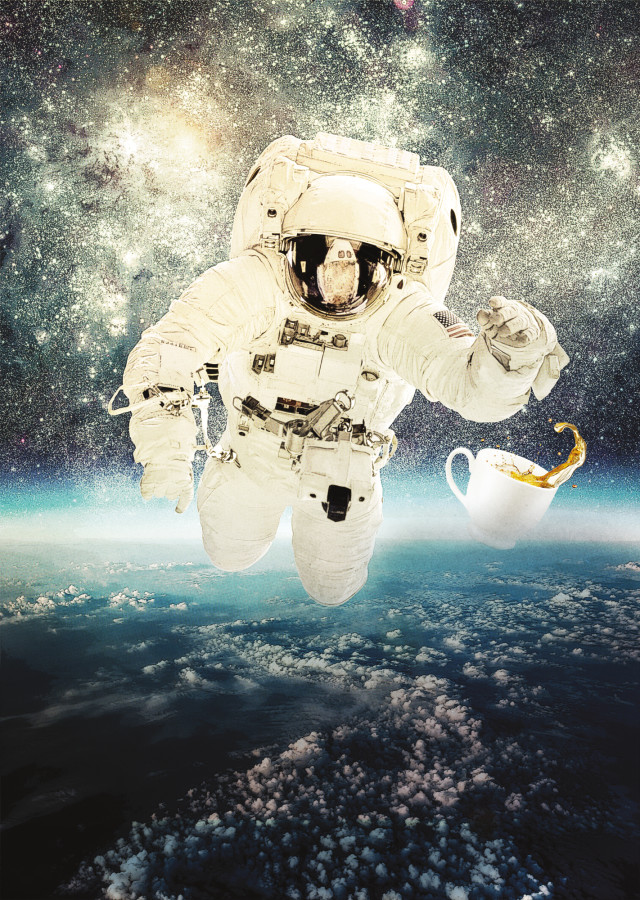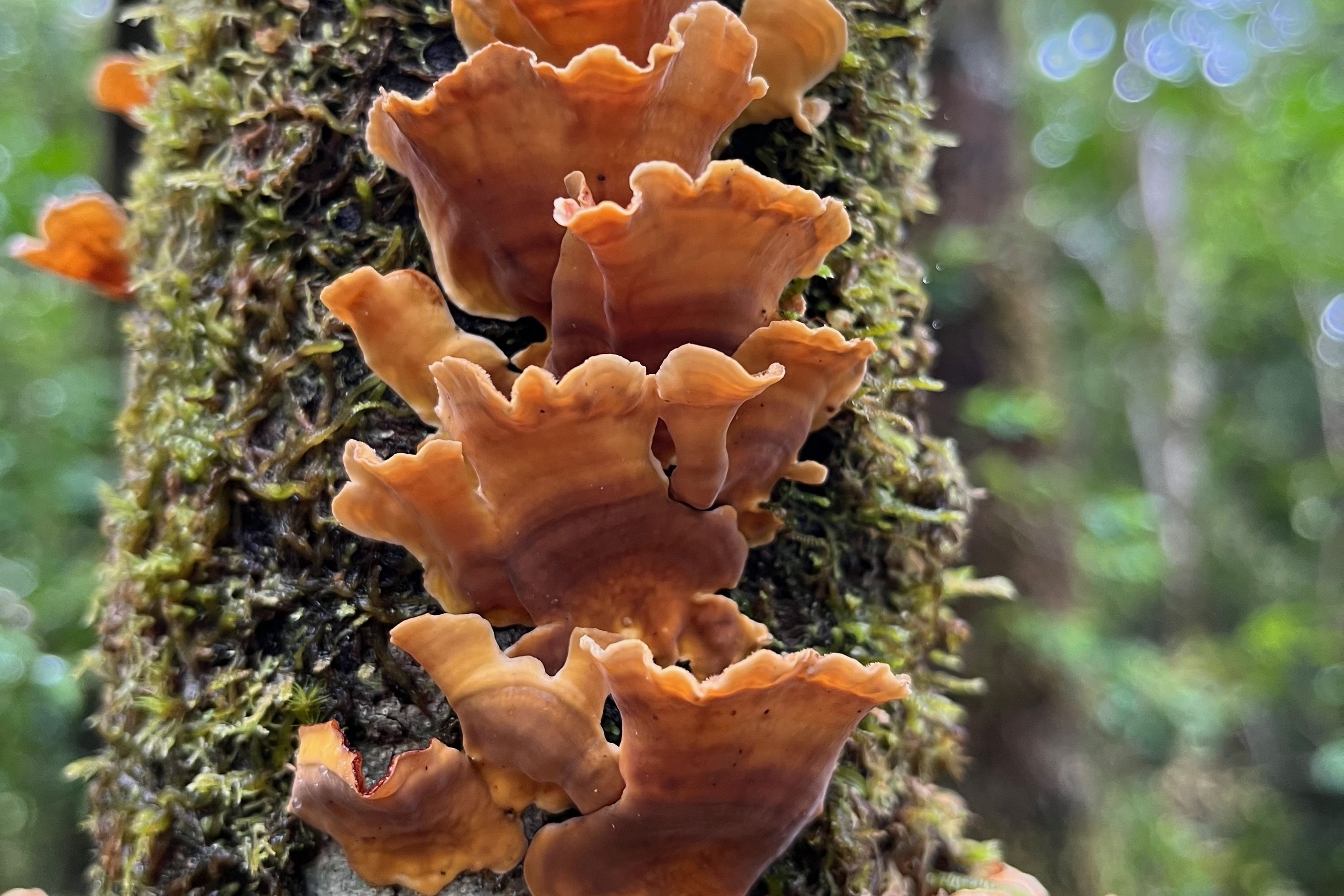How Portland Is Making it Possible to Drink Smoothies in Space

Image: Andrey Armyagov
Spending six weeks in Antarctica and 370 days in space makes Don Pettit an expert in stressful living environments. In 2008, the NASA astronaut complained to a close friend, Portland State professor Mark Weislogel, about the Capri Sun–like single-use drink bags used on the International Space Station (ISS). For Pettit, raising a cup with your companions is an important morale-boosting ritual in hazardous situations—after, say, using the ISS’s robotic arm to capture a fast-moving spacecraft while traveling at more than 17,500 mph in a different direction. A drink bag just doesn’t cut it.
Weislogel thought he and his mechanical engineering colleagues might have a solution. They calculated dimensions for a clear plastic cup that looks a bit like a squat creamer jug. Its complicated physics rely on surface tension—an internal force in liquids that gives them an elastic quality—to push the beverage toward an astronaut’s mouth without suction. “Our main thing is to make fluid systems behave as naturally as they do on the ground,” says Weislogel. “Gravity puts the liquid on the bottom, right? But there ain’t no bottom up there.”
They e-mailed instructions to Pettit aboard the ISS. The astronaut used materials on hand to construct a cup, and it worked. In 2011, the design was awarded the first patent in history for something built in space.
But the cup is just the beginning. Weislogel believes the same principles behind his design could actually accelerate our space-faring future, and make it possible to reach farther into the solar system. As we send astronauts beyond the ISS and the moon—to Mars by the 2030s, according to President Obama—they will need reliable systems to survive. A wastewater treatment system based on this design, for instance, would have no moving parts, valves, or pumps that could potentially break down millions of miles from home. This fall, ISS astronauts drank peach-mango smoothies for the first time from six new cups Weislogel’s team designed. (Every type of drink must be first approved by NASA.)
Says Weislogel of the possibilities, “We’re talking about drinking to water recycling, condensing heat exchangers, coolants, liquid propellants, plant and animal habitats, biological systems, food—it’s a big list.”
As for the original purpose of the cup—toasting successful missions—one crucial part of the problem has yet to be solved. Because carbonation works unpredictably in microgravity, cracking a frothy brew in space remains complicated. Brewers, you have your orders.




